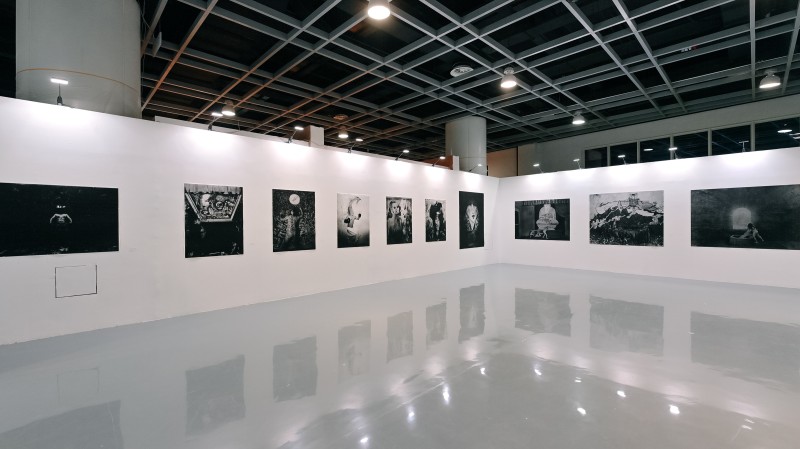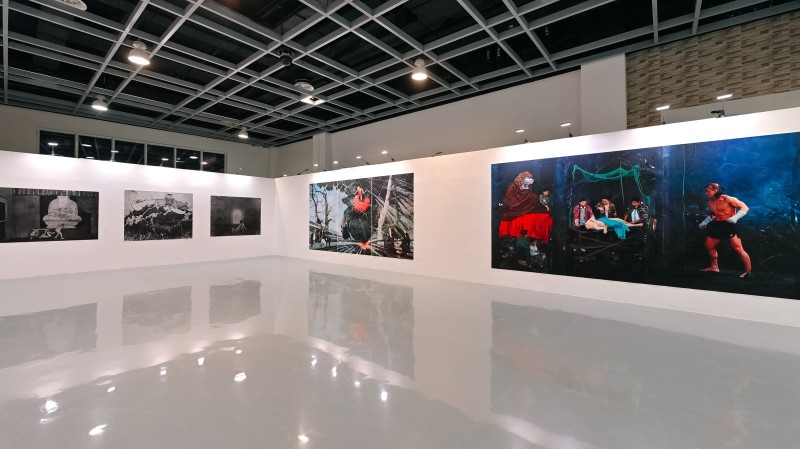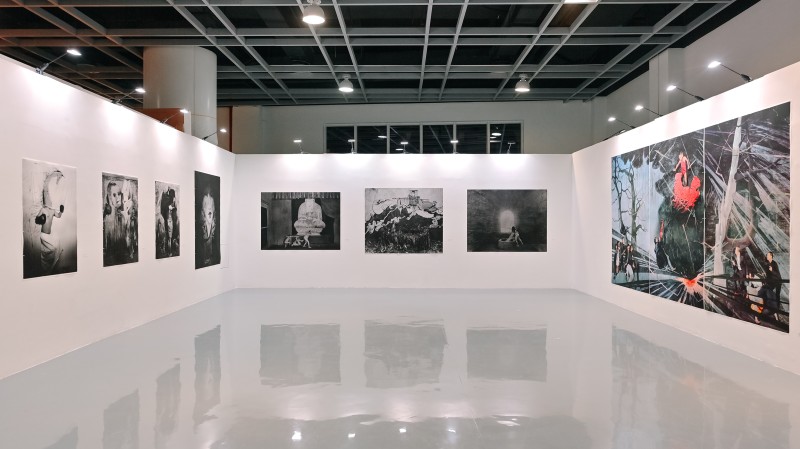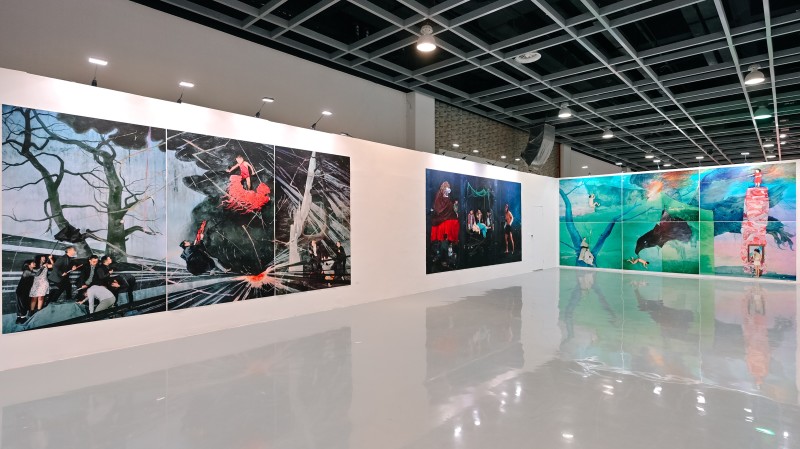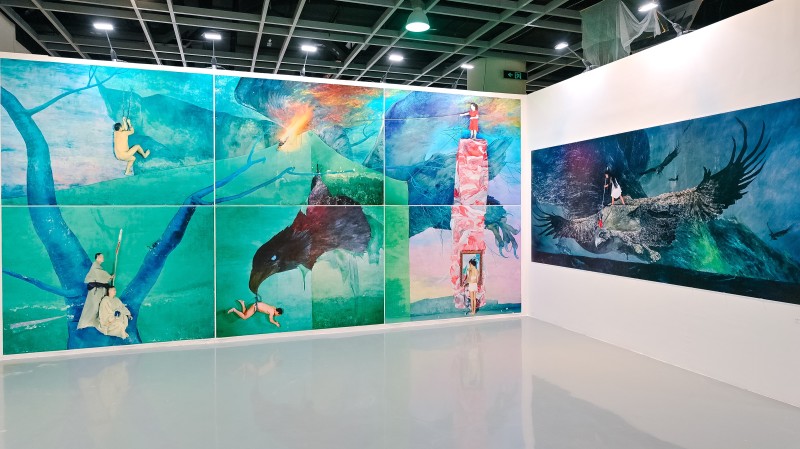ZONG NING
Parody
Curated by He Guiyan
Concept and Narrative: Zong Ning’s Photography
The conceptualization of photography, or the emergence of conceptual photography in China, took place in the mid to late 1990s. The creative paths that artists took to bring concept into their photographs were very diverse. Some began with the body, while others dressed up as different characters or directly engaged with performance art. In terms of creative methods and aesthetic orientations, some artists emphasized collage and appropriation, and the aesthetics and values orientations focus on flirtation, irony and parody. Conceptual photography at that time was a correction of the established realist creative direction and the rejection of the classic modernist discourse. It drew on influences from post-modernism and other cultures more consciously. Zong Ning’s works place great emphasis on conceptual expression, as well as its connection with the context of Chinese contemporary art. In terms of the experimentation of his language, the diversity of the mediums he employs, and the expression of his personal artistic style, Zong Ning’s work is inherently consistent with the avant-garde stance that Chinese conceptual photography has pursued since the 1990s.
Zong Ning’s recent works generally engage with three kinds of imagery. The first is women. Most of these women are nude, and for the artist, the body and gender are the fundamental themes in the work. These women are not the only subjects of the pictures; they have been placed in a specific environment or narrative, or they may be acting out an absurd play with other people. Zong Ning is not intended to express aesthetic value or engage with issues of identity and class, but to focuses on desire and the male imagination. Animals, such as dragons, tigers, and eagles are another motif in his work, often appearing as evil, mysterious figures. Iconologically, these creatures can be traced back to the myths of remote antiquity, and some even have their prototypes in The Classic of the Mountains and Seas. They are often half-gods, half-animals, which sometimes have ferocious features, or appear with tree monsters and demons. The third is the various scenes that appear in these works, jungles, courtyards, mountain temples, boulders, various traditional buildings, which are at once ancient and yet in an atmosphere of mystery, strangeness and even a certain absurdity. In fact, these three subject matters are not completely separate, and most of time, Zong Ning combines them all together. Going beyond these themes, the artist intends to emphasize the narrative of the works. Zong Ning's emphasis on scene is essentially a desire to construct a theatre with a local, oriental cultural flavour. Of course, some of his works are more powerful when they are based on a series of Chinese folk tales. In other words, telling a story, the way in which the story is told, and the orientalized theater all highlight the locality behind the narrativity. However, in Zong Ning’s work, the narrative is not linear and there is no one center, for, ancient and modern, myth and imagination, body and desire, the everyday and the absurd, the bizarre and the strange, the grotesque and the ironic all seem to merge together to create a powerful tension. At the same time, the combination of multiple media and techniques, such as ink, painting, collage, play, performance and video, further strengthens the visual tension and provides more space for the narrative to unfold.
By He Guiyan






